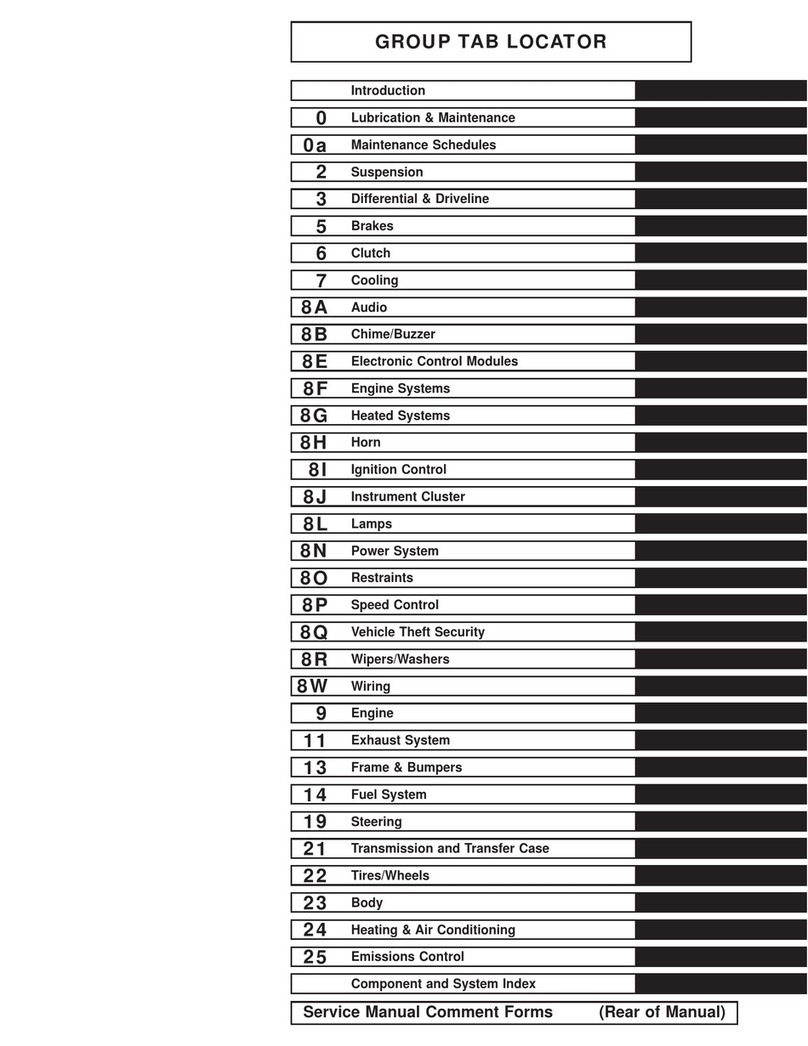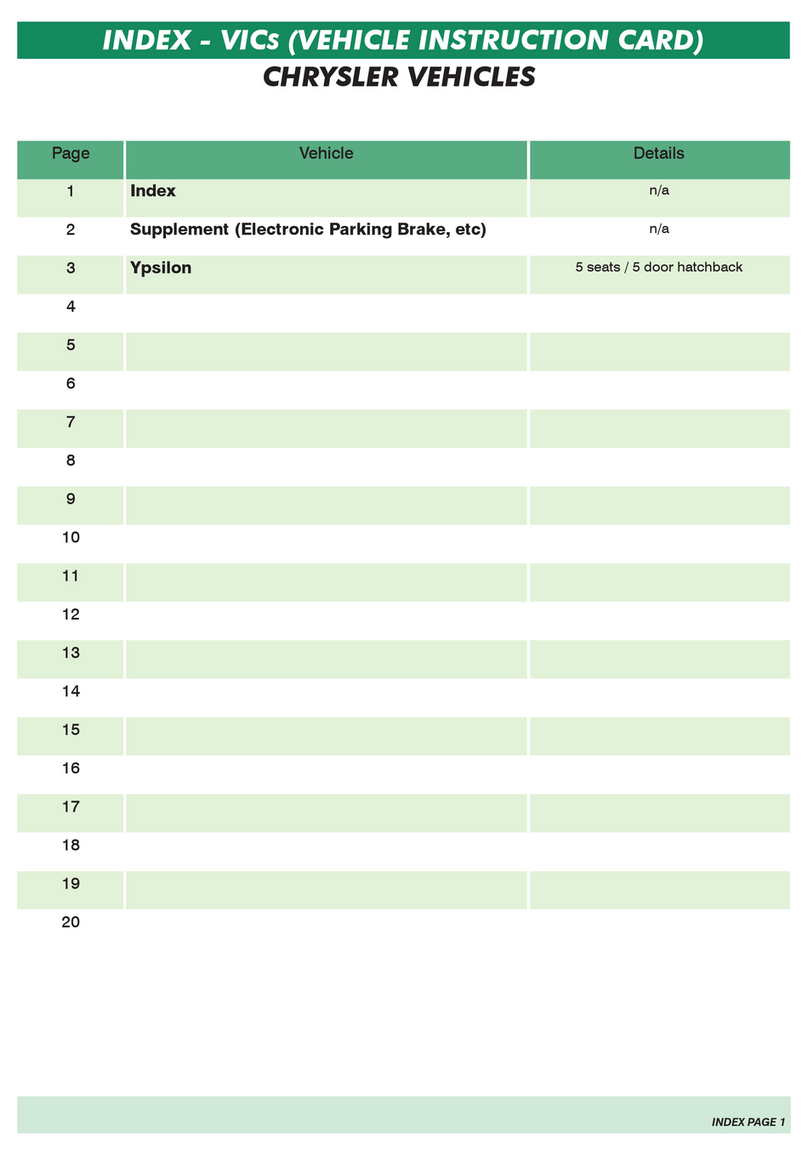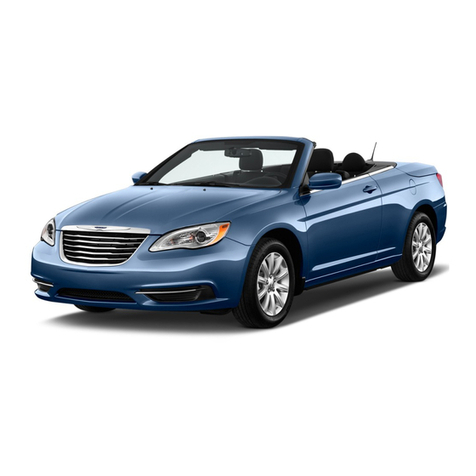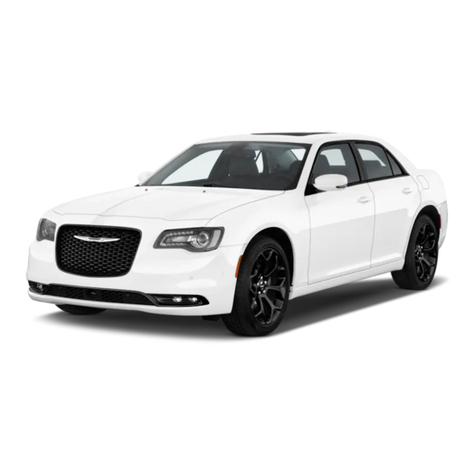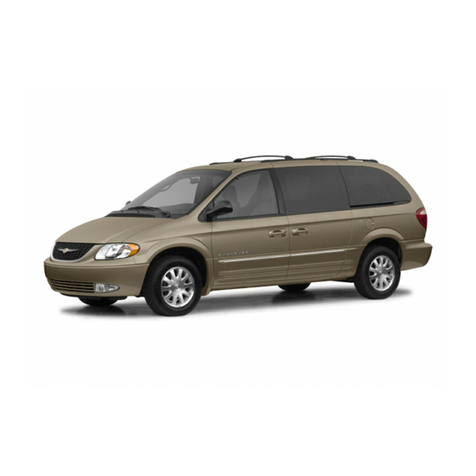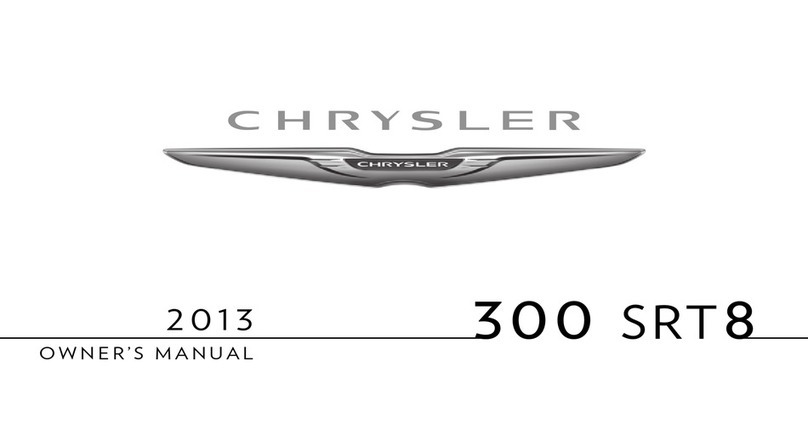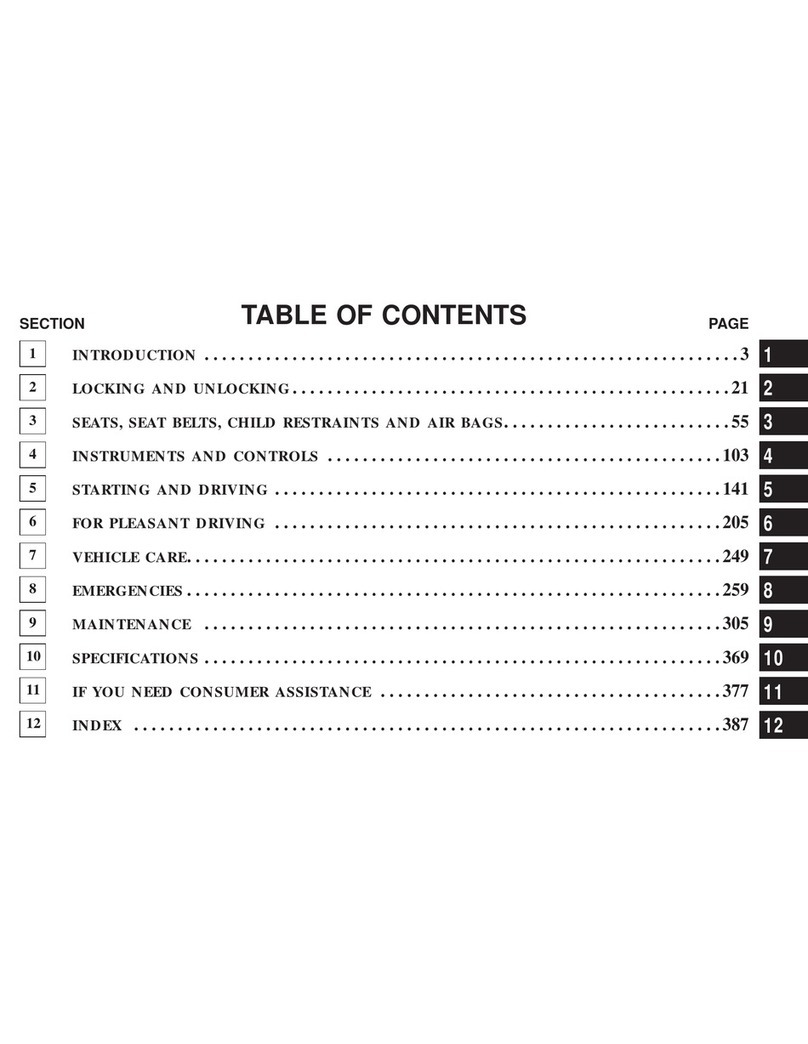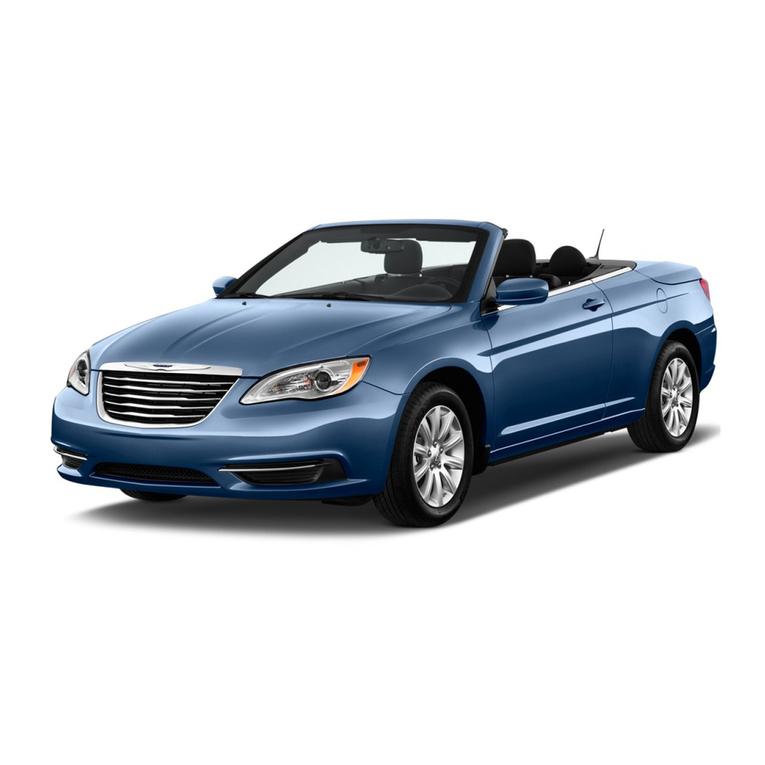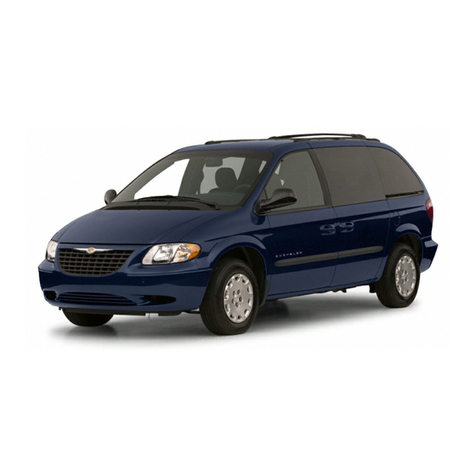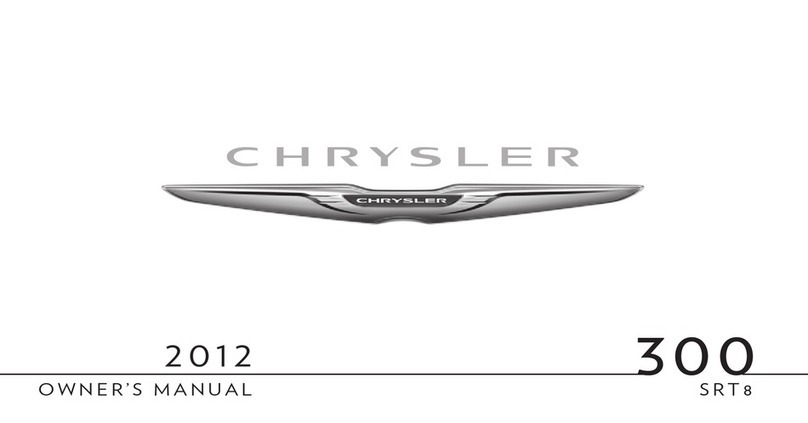
H zyxwvutsrqponmlkjihgfedcbaZYXWVUTSRQPONMLKJIHGFEDCBA
LUBRICATION AND MAINTENANCE
0-1
LUBRICATION AND MAINTENANCE
CONTENTS
Page
ALTERNATOR..................................................
12
BkTTERY..........................................................
12
BRAKES.............................................................
10
CAPACITIES
.....................................................
4
CARBURETOR AIR CLEANERS......................
20
CARBURETOR CHOKE VALVE SHAFT.........
1
CERTIFIED CAR CARE....................................
1
CHASSIS LUBRICATION
.................................
7
CLASSIFICATION OF LUBRICANTS
..............
2
CLUTCH UNKAGE
..........................................
11
COOLING
SYSTEM
.........................................
12
CRANKCASE VENTILATION
SYSTEM
..........
16
DISTRIBUTORS.................................................
13
ENGINE
oft
FILTERS......................................
15
ENGINE PERFORMANCE DIAGNOSIS
..........
19
FREQUENCY OF OIL CHANGES
...................
14
FRONT WHEEL BEARINGS
............................
25
FUEL
FILTERS...................................................
21
HEADLIGHTS...........................................,........
13
HOISTING
........................................................
7
HYDRAULIC BRAKE
SYSTEM
.......................
10
ENGINE OIL-SELECTION OF
.......................
13
CERTIFIED CAR CARE zyxwvutsrqponmlkjihgfedcbaZYXWVUTSRQPONMLKJIHGFEDCBA
Certified Car Care
is
a thorough servicing pro-
gram that helps make sure the cars you sell re-
ceive the regular attention you know they need.
Certified Car Care helps build business for you
in the best way known-through customer
satisfaction. Inform your customers that the best
approach to trouble-free driving is Certified Car
Care.
This is a practical plan to help you build up
sales and service volume, by providing regular
service customer visits.
SUMMARY zyxwvutsrqponmlkjihgfedcbaZYXWVUTSRQPONMLKJIHGFEDCBA
OF
LUBRICATION AND
MAINTENANCE SERVICES
Maintenance and lubrication service recommenda-
tions for Chrysler Corporation-built vehicles have
been compiled to provide maximum protection for
the car owner’s investment against all reasonable
types of driving conditions.
Since these conditions vary with the individual
car owner’s driving habits, the area in which the
car is operated and the type of service to which
Page
LUBRICATION AND MAINTENANCE
GUIDE
...............................................................
LUBRICATION AND MAINTENANCE
2
SCHEDULES
Normal
Service.............................................
3
Trailer Towing and Severe Service
..........
4
MANIFOLD HEAT CONTROL VALVES
........
19
MATERIALS ADDED TO ENGINE OILS.
......
14
PARKING BRAKE MECHANISM
...................
11
PARTS REQUIRING NO LUBRICATION
.......
27
PROPELLER SHAFT AND UNIVERSAL
JOINTS
...........................................................
21
REAR AXLES
...................................................
9
SPEEDOMETER CABLE
...................................
26
STEERING
GEAR.............................................
22
SUMMARY OF LUBRICATION AND
MAINTENANCE SERVICES
...........................
1
THROTTLE LINKAGE
.......................................
26
TIRES
25
TRANSMISSION (Automatic)
........................
24
TRANSMISSION (Manual)
............................
23
WINDSHIELD WIPER BLADES......
.................
13
................................................................
the car is subjected, it is necessary to prescribe
lubrication and maintenance service on a time fre-
quency as well as mileage interval basis.
Information pertaining to Lubrication and Main-
tenance requirements is shown on the guide (Fig.
1)
and on the Schedule.
Vehicles operating under severe service conditions
require more frequent service.
Component service information is included in
each unit under the heading “Trailer Tow and/or
Severe Service” for vehicles operating under one
or more of the following conditions:
(1)
Police, Taxi and Limousine Operation
(2) Trailer Towing
(3)
Operation of Vehicle:
(a) In extremely dusty areas
(b)
50
percent or more
of
the time in heavy
city traffic in hot temperatures
(90
degrees or
higher)
(c) Prolonged idling
(d) Extremely short run operation
(e) Commercial type operation
MyMopar.com
